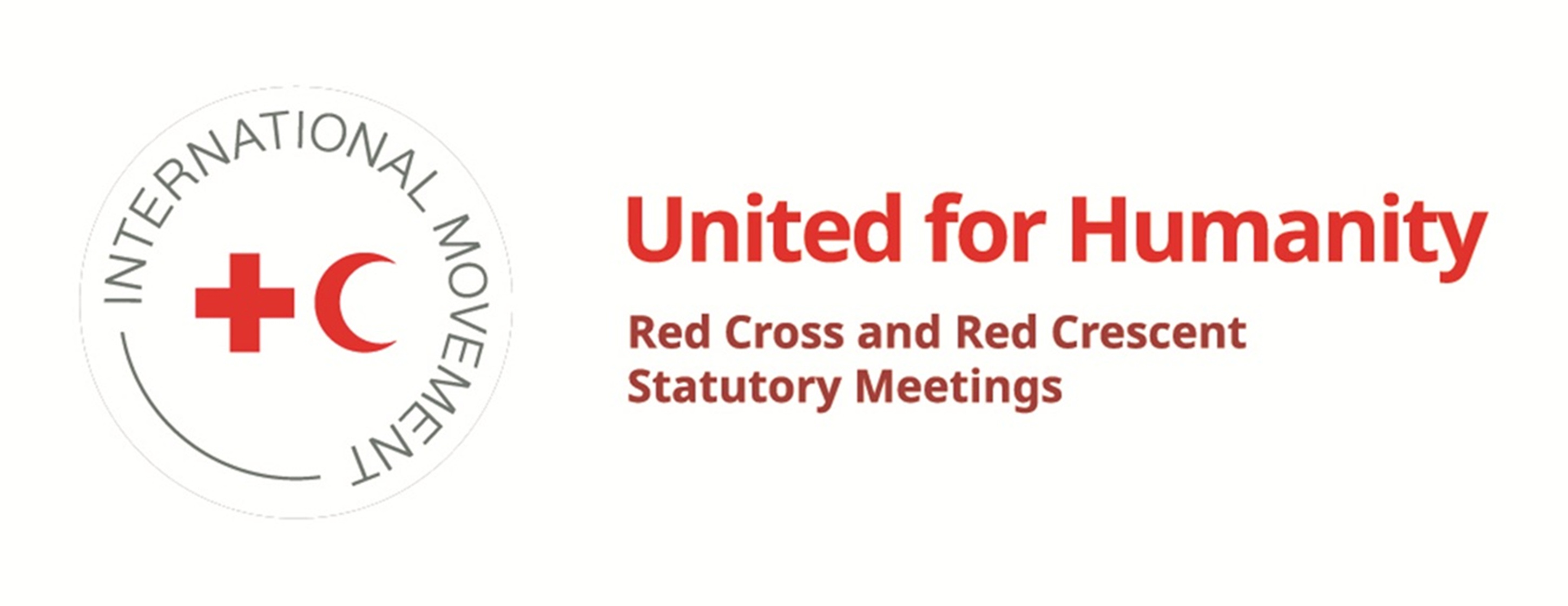Enhancing protection in the Movement: A new resolution to improve our collective impact in protecting people
By ICRC and IFRC
Background
Millions of people around the world are facing violence, discrimination and other threats to their fundamental rights. This is what drives the International Red Cross and Red Crescent Movement to continually improve how it can protect those at risk.
Despite notable past achievements, the full potential of the Movement to comprehensively protect those at risk has been challenged by the lack of a common understanding and a unified approach to protection work.
However, since 2015, spurred on by a stronger focus on the centrality of protection in the humanitarian world, the breadth and complementarity of protection actions by all Movement components has become more evident. This recognition has supported increased protective action by the Movement in various operations, which in turn led to the establishment in 2017 of the Protection in the Movement initiative, supported by a Protection Advisory Board with representatives from all three components of the Movement.
This initiative has been exploring ways to improve cooperation and coordination and to strengthen a common understanding of protection work – culminating in the resolution that is being submitted to this year’s Council of Delegates: Protection in the Movement: Improving our collective impact in protecting people (along with its accompanying background document). This resolution also introduces the Movement Protection Framework to guide our collective protection work in the future.
The significance and spirit of the resolution for the Movement
This resolution marks a historic milestone, bringing all components together with an agreed definition and understanding of the scope of protection within the Movement. This unified approach will help demonstrate to external stakeholders and partners the added value and complementary nature of the protection work carried out by each component, leading to better protection of people at risk.
The resolution embodies the spirit of complementarity, coordination and collaboration. It acknowledges the distinct roles and contributions of each component, while emphasizing the importance of adequate resources and tangible commitments from all involved. By fostering a cohesive and coordinated protection response, the resolution strategically positions the Movement to deliver humanitarian services effectively in all circumstances, ensuring clarity, commitment and accountability across the Movement.
The scope of the resolution and framework
The resolution and Movement Protection Framework outline a comprehensive approach to protection work. The resolution outlines the key elements for a common understanding of protection, acknowledges the broad scope of existing protection efforts, and defines what the Movement collectively aims to achieve in protection.
The framework is based around the concept of “protection outcomes” – i.e. that there are a wide range of actions that can contribute to reducing the risks of individuals experiencing violence, discrimination or other abuses of their fundamental rights.
It illustrates how any component of the Movement can contribute to protection outcomes by engaging in one or more of the three types of protection-related activities: 1) protection mainstreaming; 2) specialized protection activities; and 3) influencing standards, norms and laws.
The framework also emphasizes the importance of mainstreaming protection and applying the “Do no harm” principle across all humanitarian activities and acknowledges the contextual relevance of a wide range of specialized protection actions.
The goal is to encourage and support all Movement components to place protection at the centre of their work, enabling them to meaningfully contribute to protection outcomes – without necessarily developing specific specialized protection activities.
It is important to note that the Movement Protection Framework is not an operational framework for decision-making, and it does not prescribe who should take on specific roles or responsibilities in relation to specific protection concerns. Rather, it serves as an overarching guide that provides a broad agreement and common understanding, supporting more detailed planning and coordination.
Putting it into action
Adopting the resolution and framework is a significant step towards greater and more effective programmatic and operational collaboration within the Movement, aimed at ensuring better protection of people at risk through a unified approach.
However, adopting the resolution will be just the beginning. The real challenge lies in bringing the framework to life. The resolution calls for a flexible, accessible and pragmatic roadmap on how to implement the framework, for ensuring our commitments are embedded into the working culture and processes of all Movement components, and for striving for an effortless integration into the daily work of staff and volunteers.
The resolution is a crucial step towards enhancing the collective impact of the Movement’s protection efforts. By adopting the accompanying Movement Protection Framework, we will establish a clear foundation for upholding our commitment to preventing and alleviating human suffering, protecting life and health, and ensuring respect for human dignity – by ensuring that protection remains at the centre of our mission. This coordinated and comprehensive approach will ultimately lead to more effective and efficient protection outcomes for people affected by conflicts, disasters, crises and other emergencies.
The International Committee of the Red Cross, the International Federation of Red Cross and Red Crescent Societies, and the Standing Commission of the Red Cross and Red Crescent, in its function as Trustee of the International Conference of the Red Cross and Red Crescent (the Conference), cannot be held responsible or liable in any manner for any user-generated content or posts on this Database. In the event that the Website team considers any post or content to be incompatible with the Fundamental Principles of the International Red Cross and Red Crescent Movement and/or with the objectives of the Conference, it reserves the right to remove such content.




